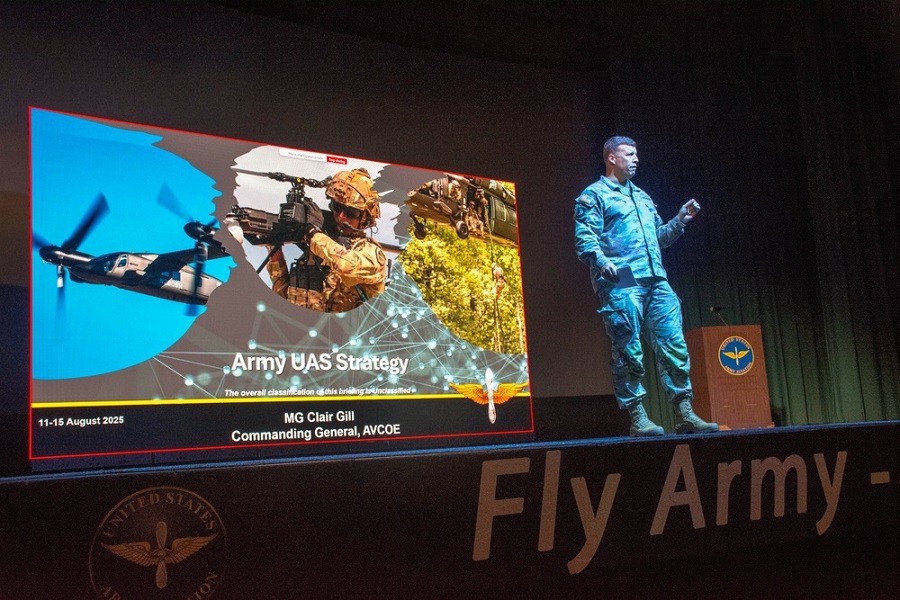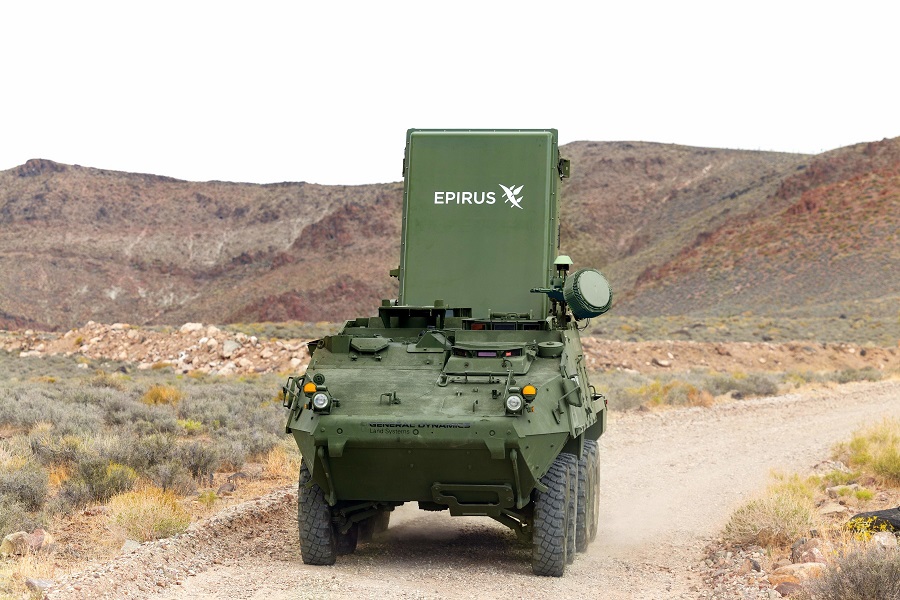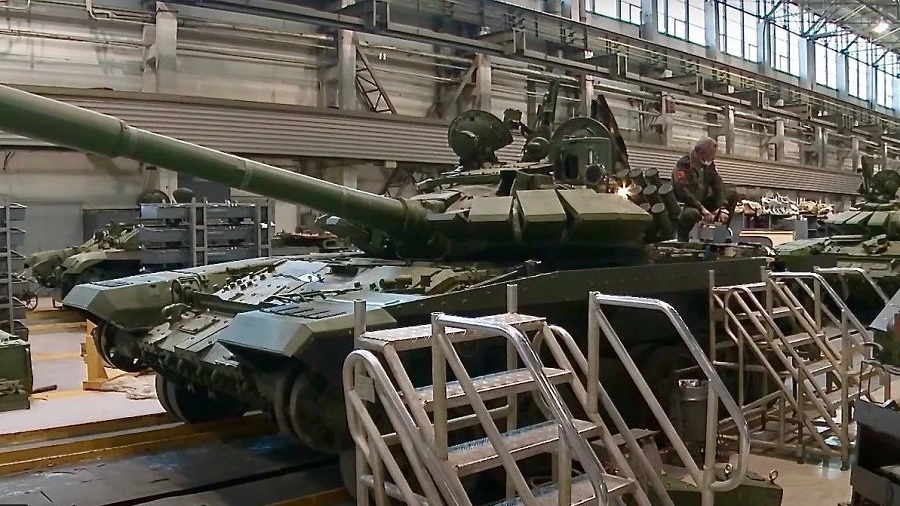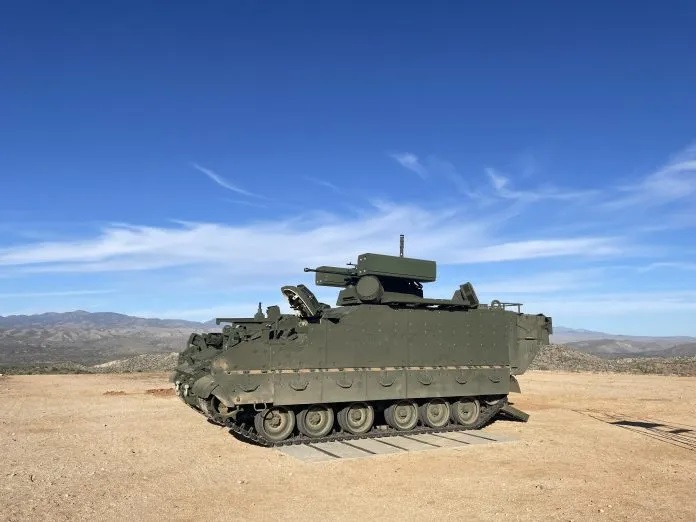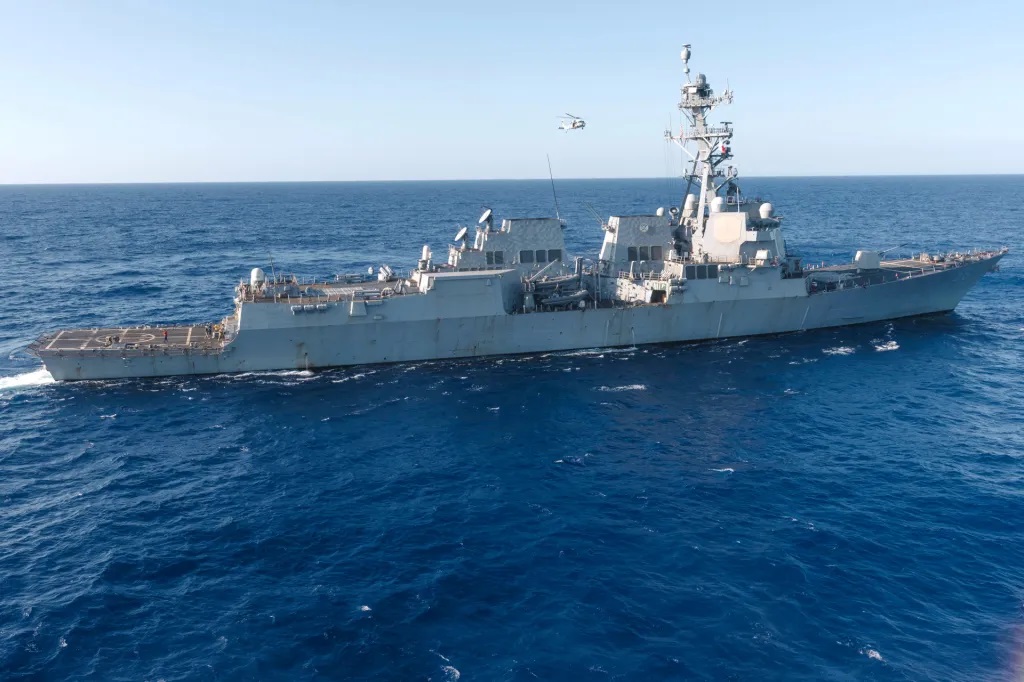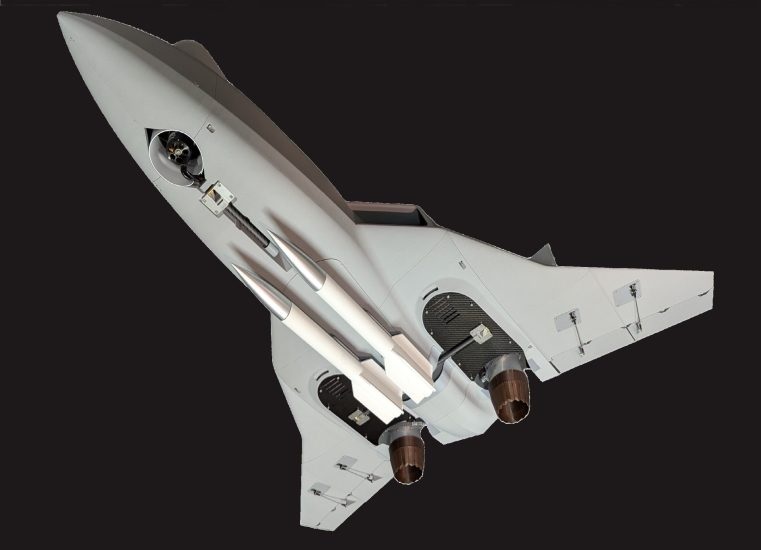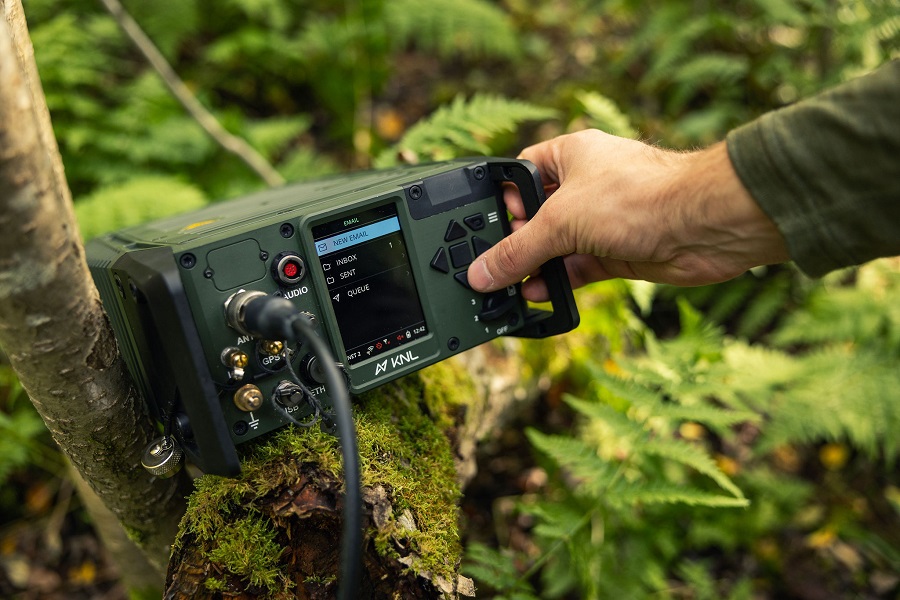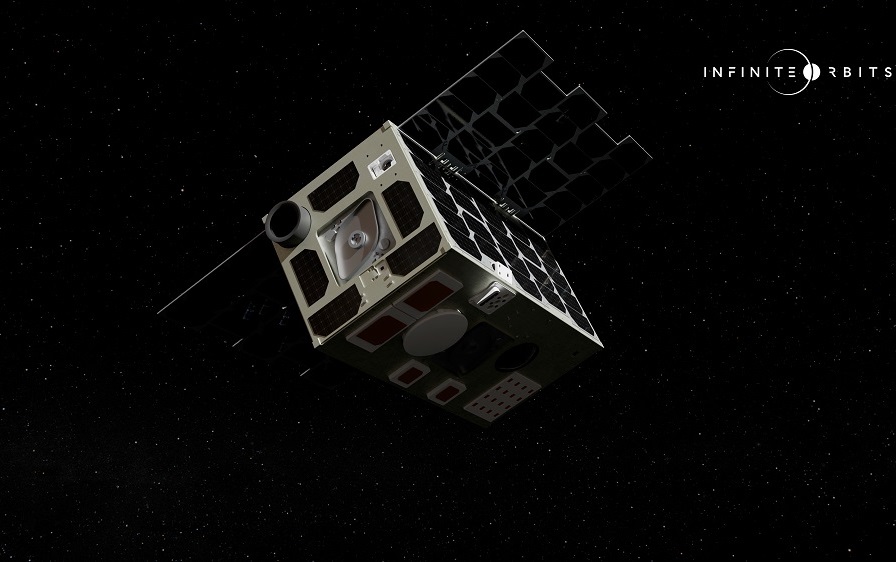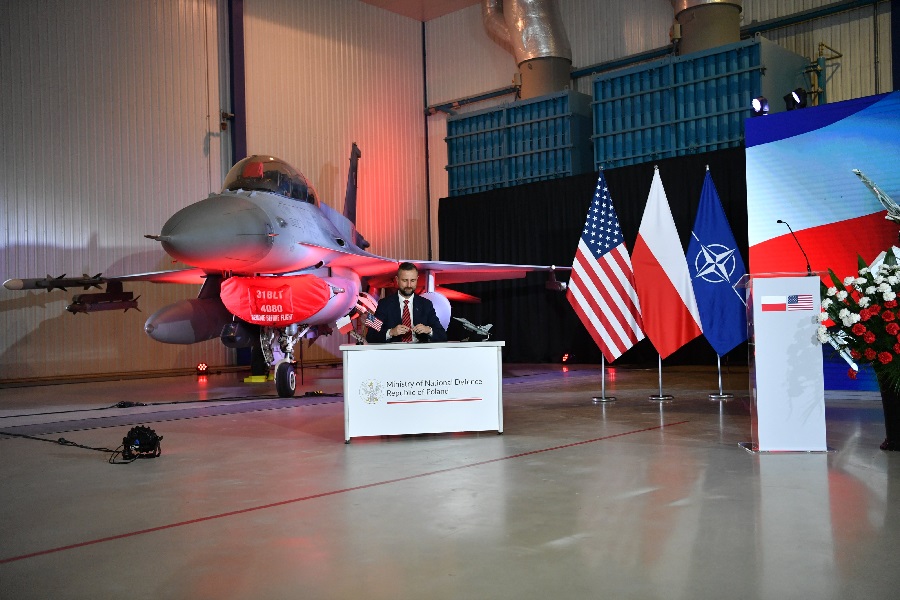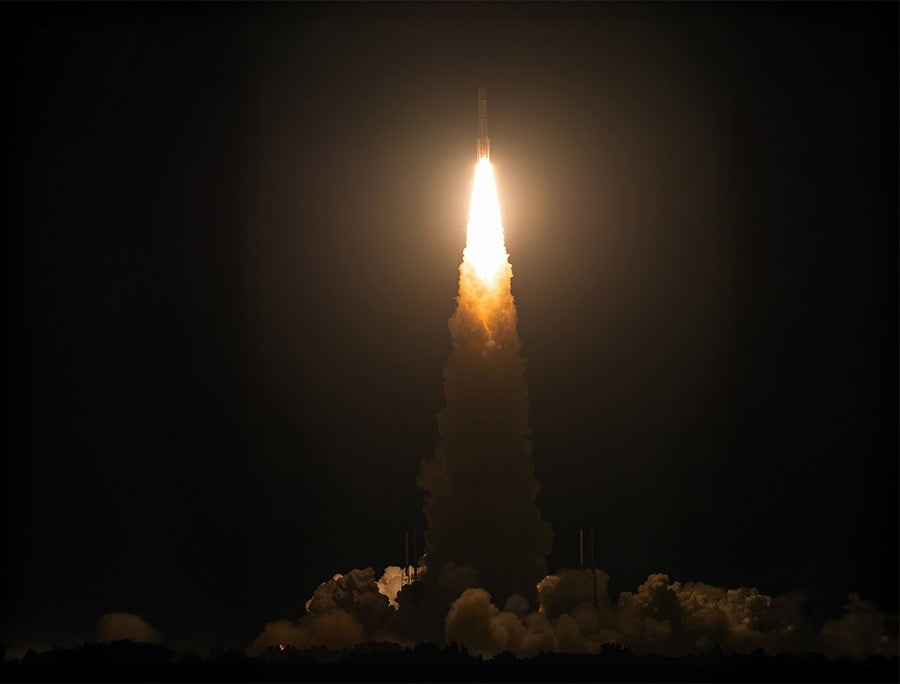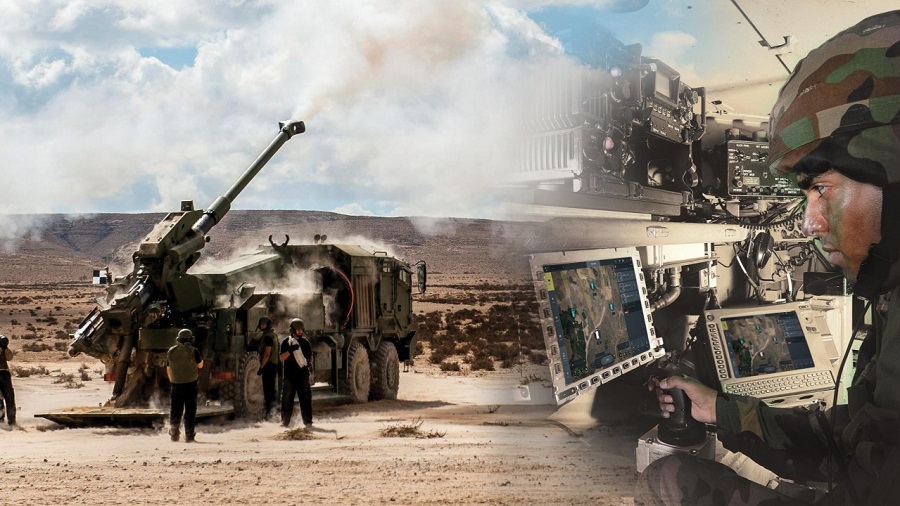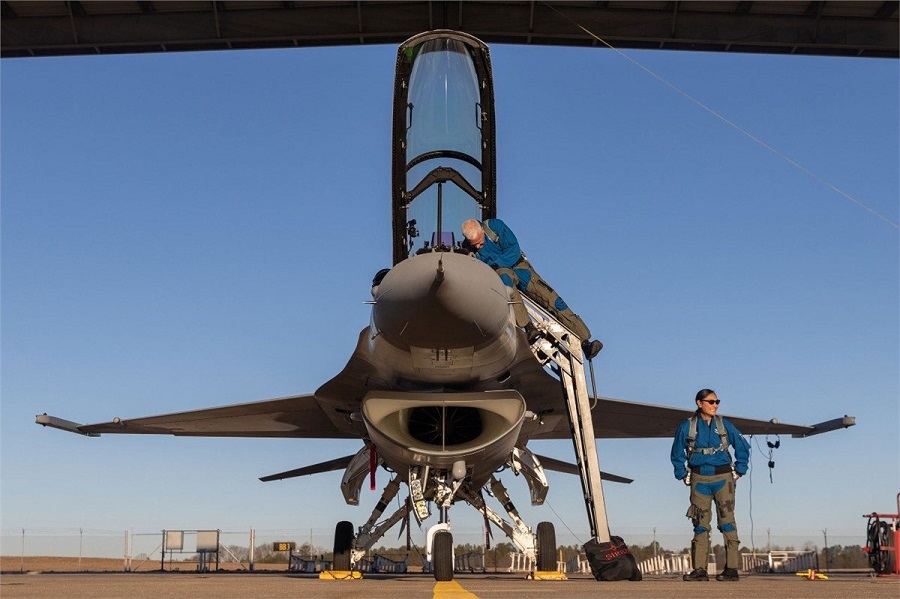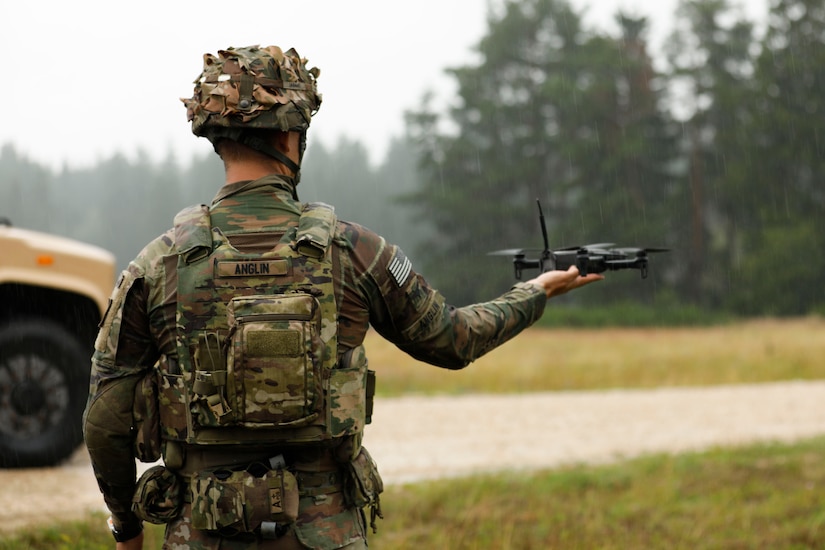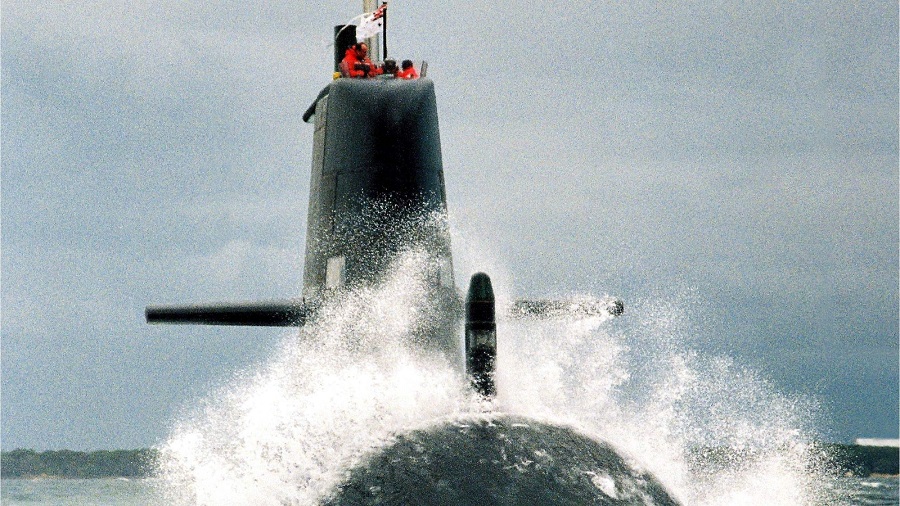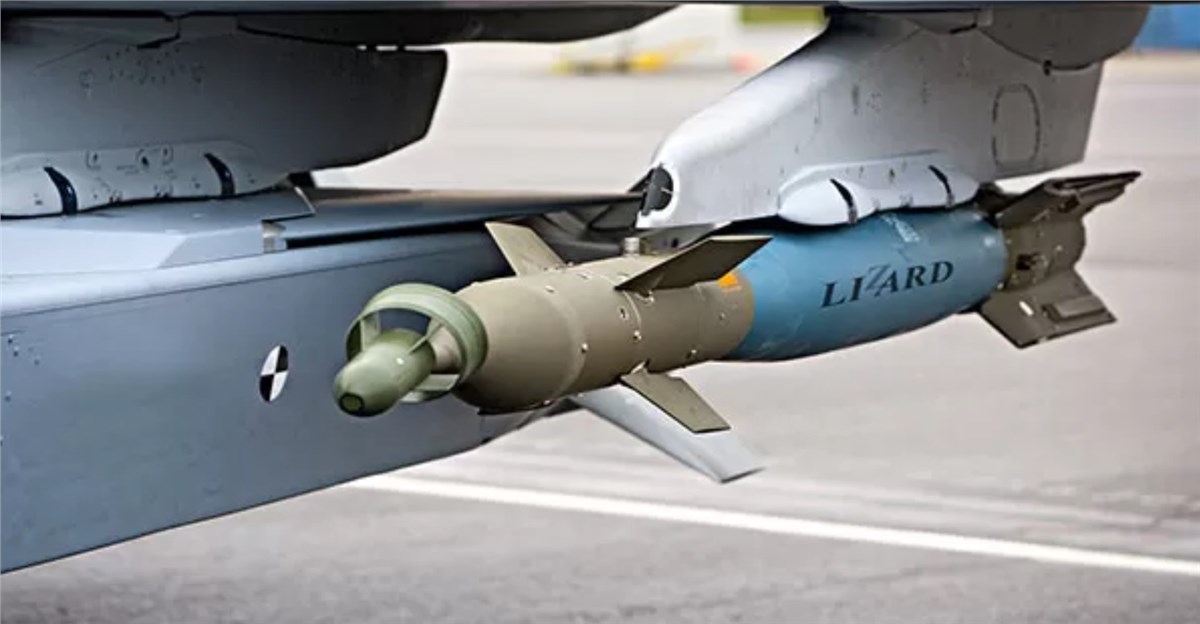“The battlefield is going to be busy, so we need to be thinking about what the enemy is doing, as well as ourselves,” Gill said. “We need to do this quickly because the future is now.”
Gill cited recent global events and the Department of Defense’s decision to lift restrictions on UAS acquisition and fielding, predicting a rise in the deployment of smaller systems at lower Army levels. He underlined the importance of integrating these with manned aircraft as Army Aviation’s mission evolves alongside technology.
He also announced the planned merger of the separate UAS operator and maintainer career fields into a single military occupational specialty. “We just stood up a course in Hawaii where we are going to start training what will be the new (UAS military occupational specialty), the 15X,” Gill said.
The Army is adopting a “train the trainers” approach to expand UAS-qualified personnel, with the first cohort expected to shape future training. Gill described the move towards widespread use of small UAS at much lower levels than before, supported by networked solutions delivering vital information to larger units and commanders.
“We want to embed and launch effects at every level. You might have something down at that platoon that can support the company or battalion… Imagine if you put a sensor on a UAS that could find things you weren’t even looking for. Imagine if it could pass that information to a network and feed that to only the people that need to see it,” he said.
Gill also envisioned UAS carrying systems for electronic warfare, psychological operations, deception, direct attack, and extending communications and control ranges. “It’s pretty exciting when you see where this is all going,” he added.
He noted the challenges posed by more UAS in Army and Department of Defense operations, particularly in airspace management and coordination. “Low altitude is that space only aviators and artillerymen used to worry about… Now there’s all kinds of things up there with us,” he said.
On a lighter note, Gill highlighted the Army drone team’s recent racing success, explaining that while they will compete in some racing events, they will also engage in tactical competitions to develop innovative UAS applications for Soldiers.
Col. Joshua Ruisanchez, director of the Army Aviation Capabilities and Integration Directorate, detailed future developments for UAS operators and Soldiers. He said the number of civilian-manufactured drones approved for Army use has increased by 11, bringing the total to 30, alongside funding for acquisitions and expansion of 3D printing and additive manufacturing at division level and below.
Col. Nicholas Ryan, director for the Army Capabilities Manager – UAS, described plans to create an online marketplace for purchasing approved systems. “Now that (Colonel) can go out there and get a drone,” Ryan said.
Ryan also urged a shift in how UAS are perceived, suggesting that some smaller, less costly drones should be considered expendable. “We need to start treating drones like any other piece of a Soldier’s kit. Just like your radio, or night vision devices, you need to get used to having a drone,” he said.
The summit will continue throughout the week, featuring presentations, panel discussions, and demonstrations, including some UAS equipped with live weapons.



